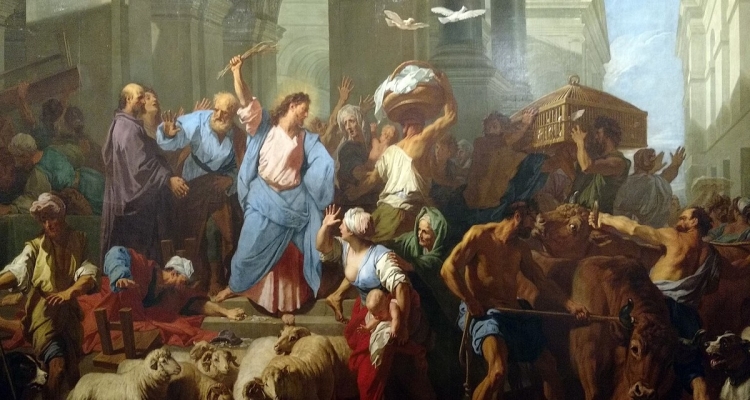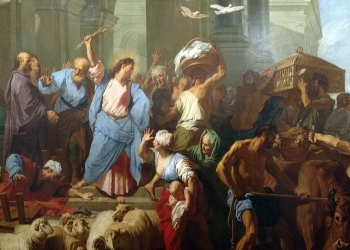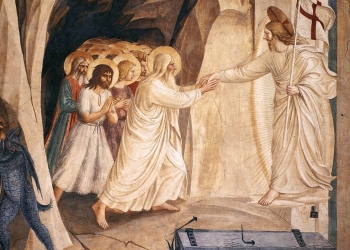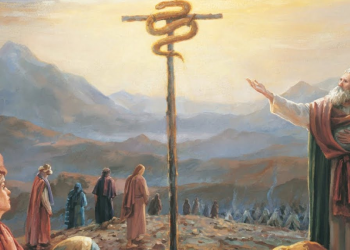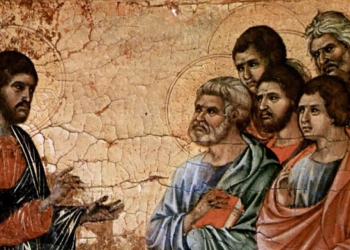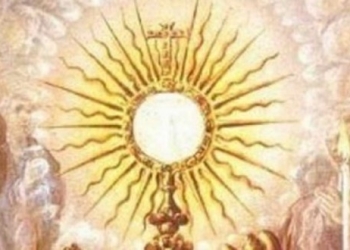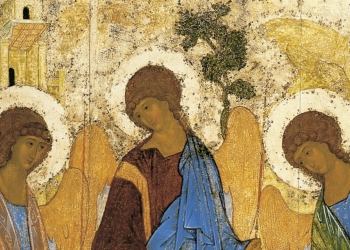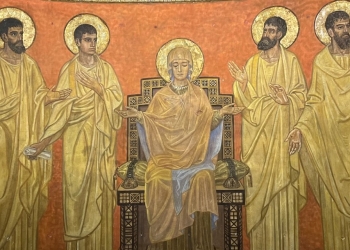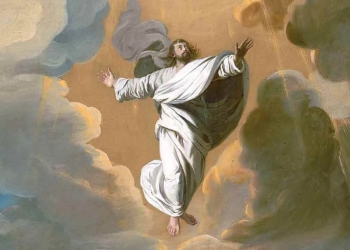November 9, 2025
Dedication of St John Lateran Basilica
Jn 2 : 13,22
Last Sunday, we saw how evangelist John interprets every reality from the Lord’s Resurrection, using new terms to speak about the different realities of life.
Everything changes in meaning when it is seen with resurrected eyes.
On this feast day of the Dedication of the Lateran Basilica, the Liturgy invites us to remain within this same perspective, providing us with a lens through which to read the episode of Jesus entering the temple and “cleansing” it (Jn 2:13-22).
John places this episode at the beginning of his Gospel, after the wedding of Cana where Jesus turned water into wine. In Cana, Jesus does his first miracle, and begins to reveal his identity as the Son sent by the Father so that all may have fullness of life. From that moment on, gradually, Jesus will unveil the truth of God and the truth about humanity.
Immediately after the episode at Cana, as Passover approaches, Jesus goes up to Jerusalem. There, in the temple, he performs a prophetic act: he finds people buying and selling animals for sacrifice, the money changers, so he overturns the tables and drives everyone out (Jn 2:16). He states that his Father's house has been turned into a marketplace (Jn 2:16).
This is a revelatory gesture, not merely a condemnation of a corrupted worship emptied of its deepest and most intimate meaning. Jesus never merely condemns something, except to reveal something new, which the Father has given to him.
Like in Cana, here too Jesus wants to reveal that a new time has begun. And this era is so new that it resembles a new creation. Not a patch sown on an old garment, but a new beginning, a new possibility of life.
In the first creation, recounted in the opening chapters of Genesis, we read that when God creates, everything takes its proper place within his design. God creates by calling each thing by name, giving every creature a vocation. And all exists, subsists in its vocation, to the extent that it listens, to the extent that it obeys the purpose for which it was created. The same applies to every reality, to every act.
The temple, therefore, which was designed to be a place of encounter between God and man, has lost its purpose and no longer is in obedience to its given vocation.
Already the prophets of the Old Testament lamented the deterioration of life in the Temple, particularly the prophet Ezekiel. And so, in a sense, Jesus says that the Temple must undergo death, destruction, in order to become what it must be again: “Destroy this temple, and in three days I will raise it up” (John 2:19).
The disciples understand what must take place, for when they see what is happening, they immediately remember the words of a psalm: ‘The zeal for your house will consume me’ (Ps 69:10).
Psalm 69 is one of the most quoted in the New Testament because it describes the righteous sufferer who is rejected but remains faithful: it is a messianic psalm that reinterprets the story of Jesus, his Passion.
It describes the righteous one burning with love for God, who does not fail in his vocation, remaining obedient to the point of being ‘consumed’ by love.
This is then the new creation: “But he was speaking about the temple of his Body” (Jn 2:21), it is the body of Christ, consumed by love, which passed through death but did not remain a prisoner to death, making a way for everyone to belong to this Body.
Not only to enter it as one entered the temple, but to be part of it, to be in Him, the dwelling place of God.
The temple, too, must therefore be looked at with resurrected eyes.
It is no longer a temple of stone, where we enter to give something to God, to regain his favor.
But it is the risen Body of the Lord, a place of freedom of which we are members and in which we can always call God our Father.
+Pierbattista
*Translated by the Media Office of the Latin Patriarchate

